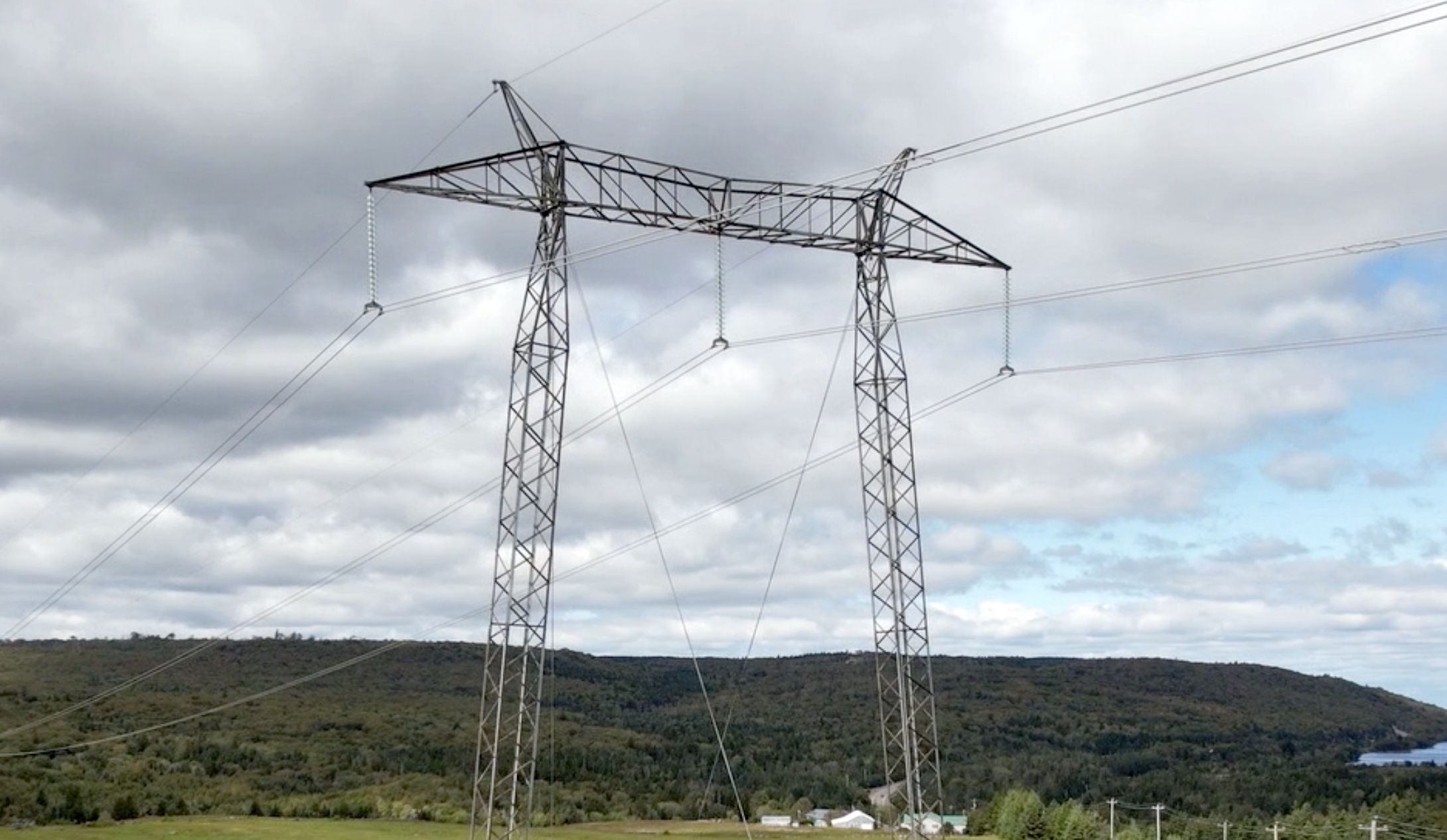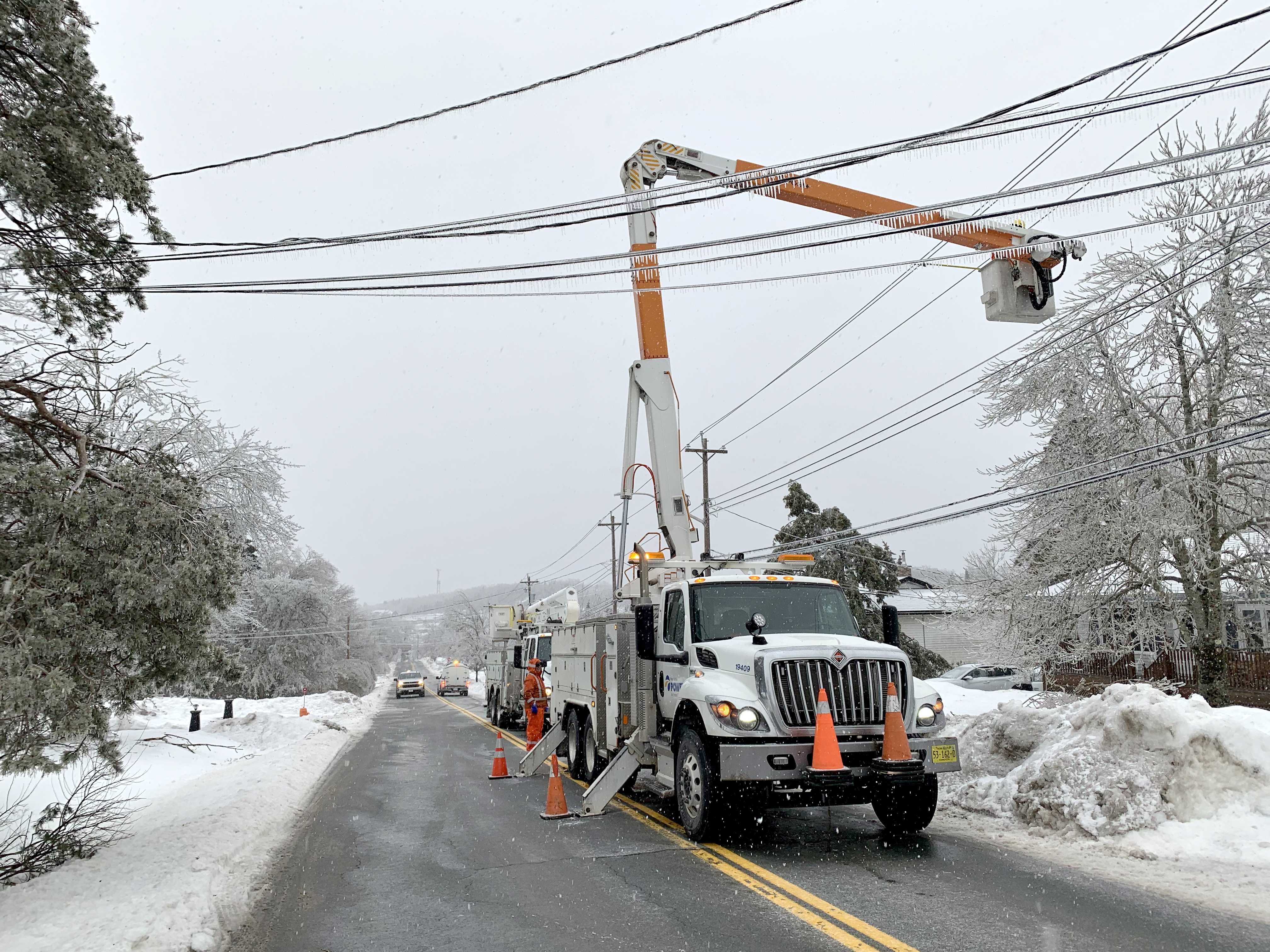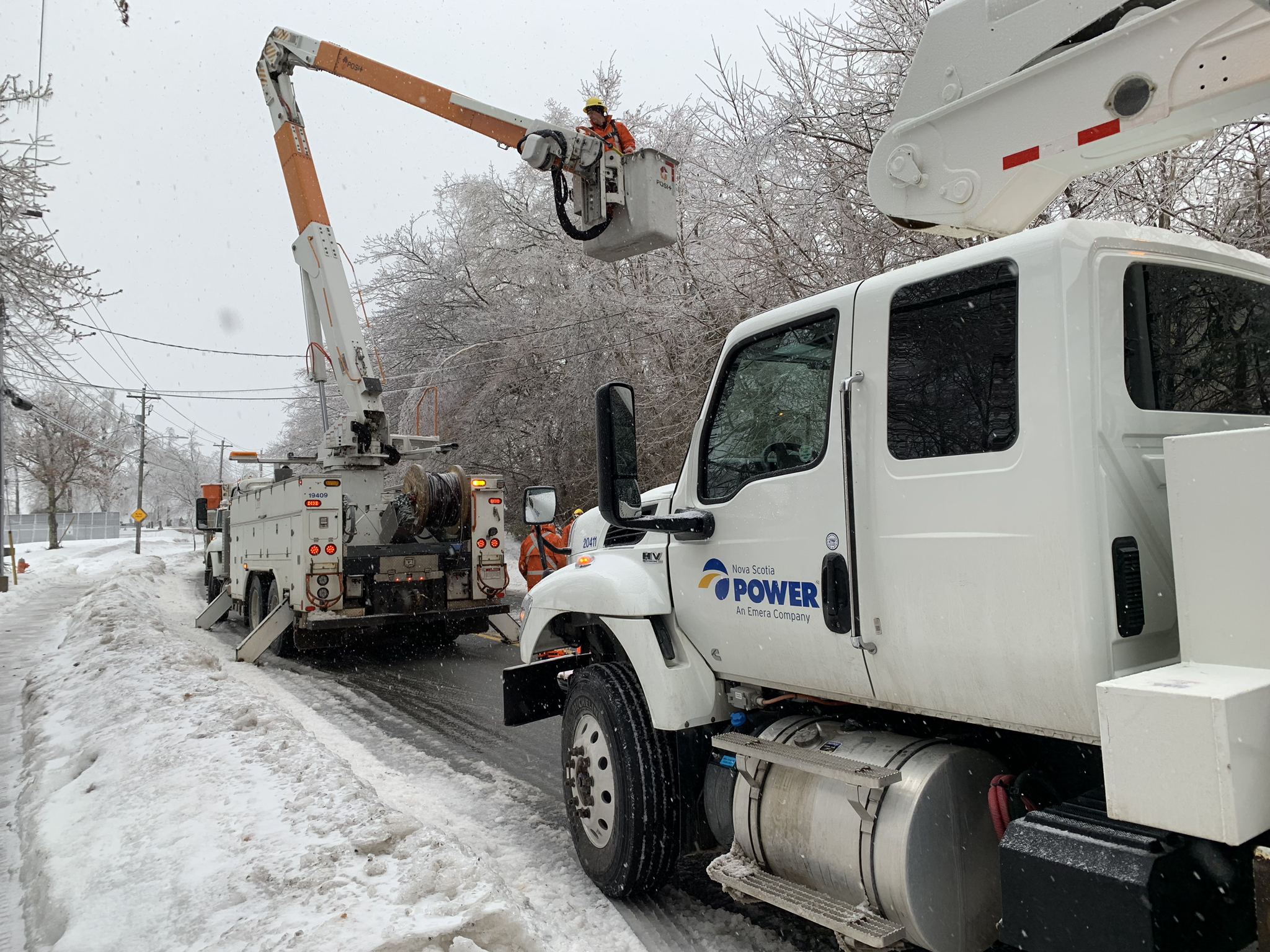Have you ever wondered how electricity travels to your home? Or about what happens after electricity is made in our power plants?
We asked Adam King, Manager of Substation Operations, to tell us a little bit about the role substations play in delivering electricity to our communities.
What is a substation?
“Substations are an important part of our power system. They act as the link between power generation, transmission, and the distribution of electricity to our homes and businesses. There’s at least one substation in every community in Nova
Scotia.”
What exactly happens at a substation?
"Because electricity needs to travel from our plants over long distances, it must be transmitted at high voltages. When electricity travels, energy losses happen—by ‘stepping up’ the voltage to a higher value at a substation, we minimize
power lost, and ensure enough electricity makes it to its destination. The substations that ‘step up’ the voltage are typically located where the electricity is generated, like a wind farm or a hydro facility.
On the flip side, the other purpose of substations is to ‘step down’ the high voltage before the electricity is sent through our distribution lines—the final step before electricity makes it to you, the customer. This happens
in each individual community. We lower the voltage at local substations so that the electricity can safely travel to homes and businesses.”
What’s an average day like for you and your team?
“I work with a rock-solid team of electrical technicians, electricians, utility workers, regional planners and apprentice technicians that maintain all of the electrical equipment you see behind the fence at a substation—from the power and
current transformers, to the circuit switches and breakers, to all of the protection and control systems we have in place to stay safe.
It’s hard work and I can honestly say that the team is thinking about our customers and making important decisions for them every day.”
Share This Post:





